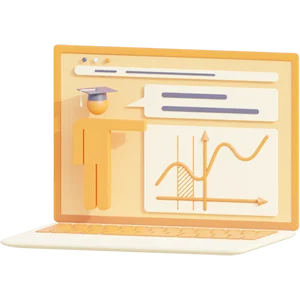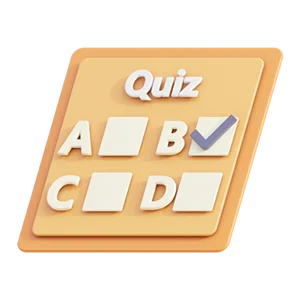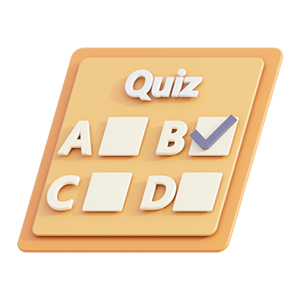Summary of Biology 2e by Openstax
Bullet point summary of chapters 20-29. It is concise but it has all important information from the chapters.
Preview samenvatting (4 van de 64 pagina's)
Voordelen van Knoowy
€ 2,99
 Niet tevreden? Geld terug
Niet tevreden? Geld terug
 Document direct te downloaden
Document direct te downloaden
 € 0,50 korting bij betalen met saldo
€ 0,50 korting bij betalen met saldo
-
 Ontvang gratis oefenvragen bij document
Ontvang gratis oefenvragen bij document

Specificaties
- School: University College Roosevelt
- Opleiding: Liberal Arts & Sciences
- Vaknaam: Introduction to biodiversity
- Alle documenten voor dit vak ›
- Vakcode: SCIENVI102
- Studiejaar: 2020
Boek
- Naam boek: Biology 2e
- ISBN: ISBN-10: 1-947172-52-2 & ISBN-13: 978-1-947172-52-4
- Hoofdstukken: 20, 21, 22, 23, 24, 25, 26, 27, 28, 29
- Druk: 2nd
Document
- Rubriek: Samenvattingen
- Bijgewerkt op: 23-09-2021
- Gemaakt op: 02-02-2021
- Type: .pdf
- Pagina's: 64
- Taal: English
Tags
Verkoper
Verdienen aan je samenvattingen?
Vakken van Liberal Arts & Sciences - University College Roosevelt
Meer Liberal Arts & Sciences ›abnormal psychology advanced cognitive science anthropology developmental psychology introduction to biodiversity introduction to cognitive science introduction to psychology introduction to socio-cultural anthropology medical and health psychology political geographies psychodiagnostics and psychotherapies psycholinguistics psychologie qualitative methods research methodology & statistics i social psychology
Al meer dan 146.000 tevreden studenten
-
Debbie Schreurs
Knoowy helpt mij bij mijn studie. Ik leer effectiever. Daardoor zijn mijn punten hoger en houd ik tijd over voor een drankje met mijn studiegenoten.
-
sevilaye
Je kunt makkelijk en snel een samenvatting of andere documenten kopen, die jou helpen bij je studie.
-
AstridWillems
Knoowy werkt erg fijn, en het downloaden van de samenvattingen ging snel.
-
ManiaXx
Goede, veilige en mooie website. Erg overzichtelijk veel aanbod en precies wat ik zocht.
-
Nina
Ideale site! Handig als je weinig tijd hebt om een samenvatting te maken. Je kunt gelijk met leren beginnen.
-
Jodi Roerdink
Via Knoowy kan ik studenten helpen met mijn samenvattingen. Het werkt gemakkelijk, snel en het is fijn anderen te kunnen helpen.
-
Irismaria
Fijne overzichtelijke website met documenten en tutoren! Scheelt mij veel werk :)
-
MartinusV
Knoowy ziet er goed uit en is handig in de voorbereiding voor je studie.
 Actie: ontvang 10% korting bij aankoop van 3 of meer items!
Actie: ontvang 10% korting bij aankoop van 3 of meer items!
Actie: ontvang 10% korting bij aankoop van 3 of meer items!









